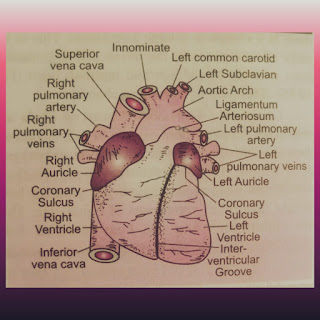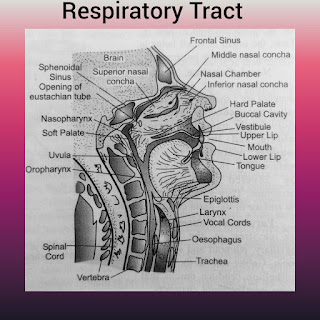BLOOD GROUP?
Blood is a circulating life sustaining fluid. It provides oxygen and nutrients for cells, tissue and organs. It keeps body warm 37degreeC. In some clinical cases we need to do blood transfusion. The blood transfusion is done on the basis of BLOOD GROUP.
Blood are four types A, B, AB, O these are known as ABO blood group. The types of blood group is depend upon the presence and absence of antigen and antibody on Red blood cells. In 1900 Karl Landsteiner recognized these types of blood group in human being. He observed that ABO blood group are determined by gene I. This gene I have three alleles IA, IB and IO. Each blood group has antigen on the surface of red blood cell and opposing antibody in plasma.
The presence of antigen and anti-antibody accordingly-
1) Blood group A - In this the A antigen is present on the surface of red blood cell and Anti-B antibody present in plasma
2) Blood Group B - In this the B antigen present on the surface of red blood cell and anti-A antibody present in the plasma.
3) Blood group AB - In this the both A and B antigen present on the surface of red blood cells but their are no antibody present in plasma.
4) Blood group O - in this type of blood group their are absence of antigen on red blood cell surface but both of antibodies present in plasma that is anti-A and anti-B.
Blood group O is a universal Donor and Blood group AB is universal Acceptor
According to the EPSTEIN and OTTENBERG, Human receive these genes from their parents. One gene from each. For example if the Mother blood group is A and the Father blood group is also A then the possibilities of baby blood group is A and O.
Rhesus system- means Rh factor. In 1940 Landsteiner and Wiener discovered this Rh factor. According to this factor, the blood group is categorized in two groups Rh-Positive and Rh-Negative. It refers to the presence or absence of D antigen on the Red Blood Cell. The D antigen is very immunogenic antigen. Those human carry this antigen called Rh positive and those human did not carry this antigen called Rh negative.
This antigen play a great role during pregnancy, if the mother is Rh negative and the father is Rh positive, in this case it is very sensitive to carry Rh positive fetus in womb. Because the Rh positive RBCs enter into the mother blood stream and it cause developing anti-Rh antibodies against fetus blood. But the first delivery is normal. On the 2nd pregnancy if fetus carry Rh-positive antigen, the pre-developed anti-Rh antibodies will be exposed. It cause Hemolytic disease of newborn known as HDN.
Blood grouping - ABO by slide method is very basic method for determining the blood group. It is depend upon the agglutination of antigen and antibody. The reaction between the antigen and antibodies show the result.
These all are the basic blood groups:-
1) A POSITIVE
2) A NEGATIVE
3) B POSITIVE
4) B NEGATIVE
5) AB POSITIVE
6) AB NEGATIVE
7) O POSITIVE
8) O NEGATIVE
This image shows the agglutination between antigen and antibody. When we mix the antigen and antibody, agglutination occur and this agglutination shows the presence of antigen. With this we can identify the type of blood group.
:- The first slide shows the agglutination in A and D(Rh). Their is no agglutination in B . So that the result is A-Positive.
:- The second slide shows the agglutination in B only. It shows the blood group is B-Negative.
:- The third slide shows the agglutination in all A, B, and D(Rh). It shows the blood group is AB Positive.
Blood group is performed by Reverse and Forward grouping method. In forward grouping, we use whole blood sample and in Reverse grouping, we use serum.
Forward grouping- In this we identify the antigen present on the surface of red blood cell. Blood is reacted with known antisera Anti-A and Antisera Anti -B. Positive agglutination indicate the corresponding antigen( which is present on the surface of red blood cell ).
Reverse grouping- Serum of specimen is treated with known A cell and B cell. Positive agglutination shows the presence of corresponding antisera in serum.
Rh typing by Slide method- The Rh blood typing refers to determination of the presence of D-Antigen on the surface of red blood cells when reacted with Anti-D serum. positive agglutination shows the Positive( D antigen )
SOME IMPORTANT QUESTIONS:-
Q1) Which Blood Group is universal Donor?
Ans. Blood Group O is universal donor.
Q2) Which types of antibodies present in Blood Group O?
Ans. Anti-A and Anti-B antibodies are present in Blood group O.
.jpeg)
.jpeg)
.jpeg)



.jpeg)
Comments
Post a Comment